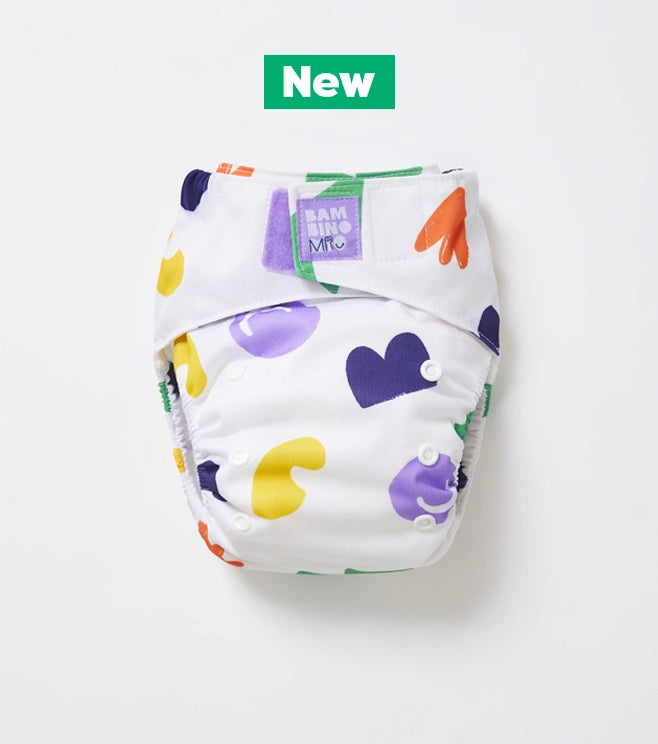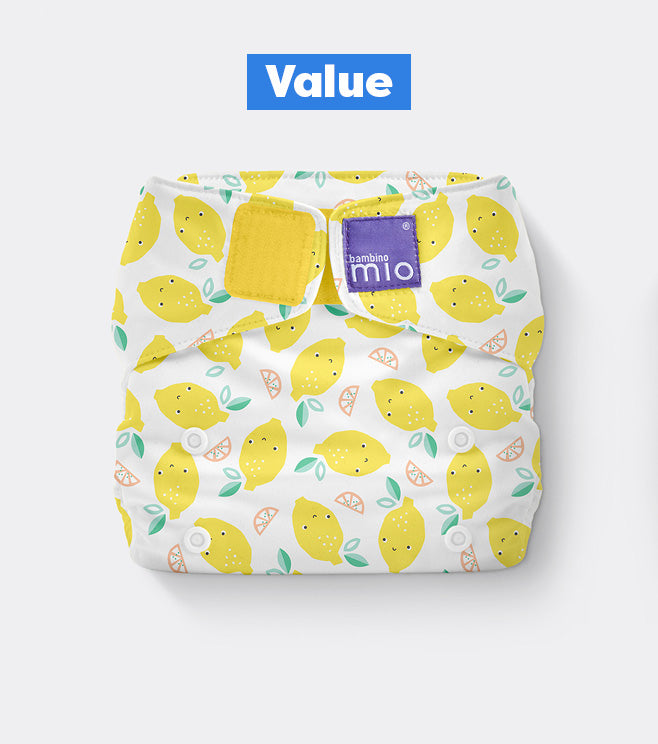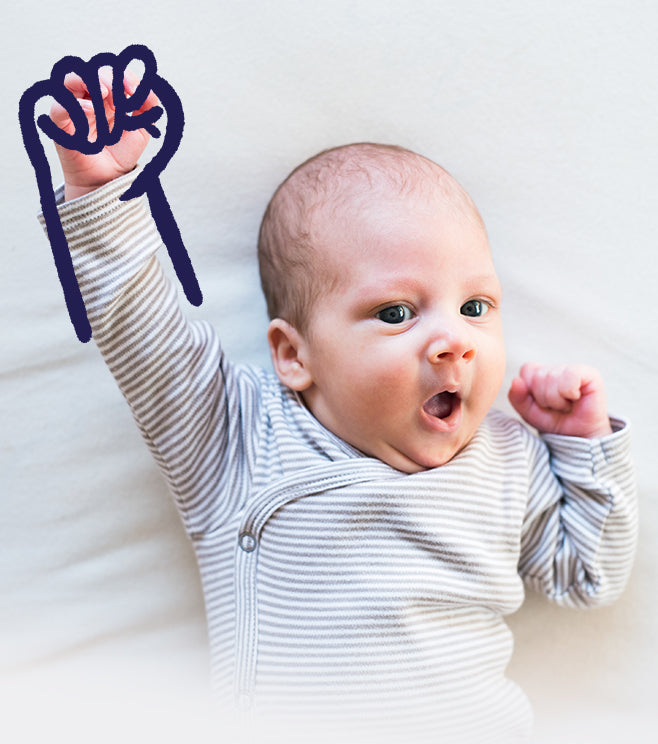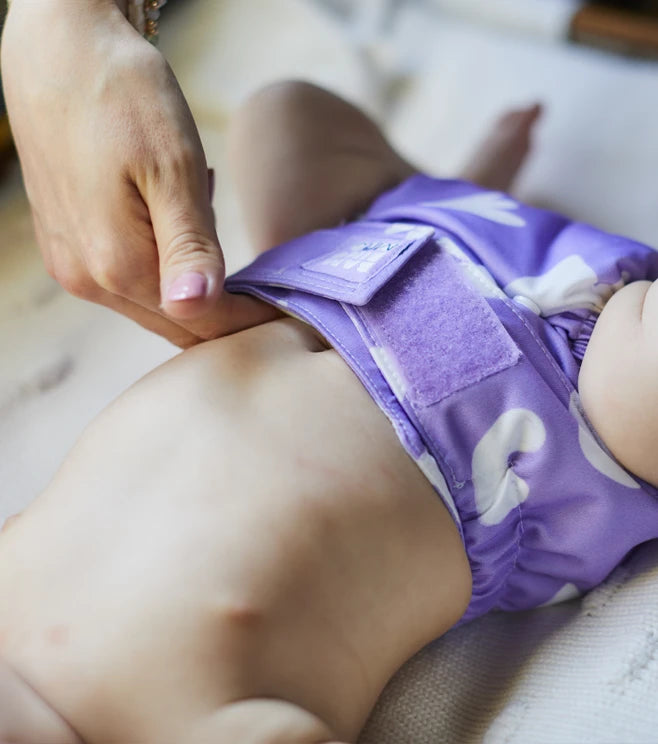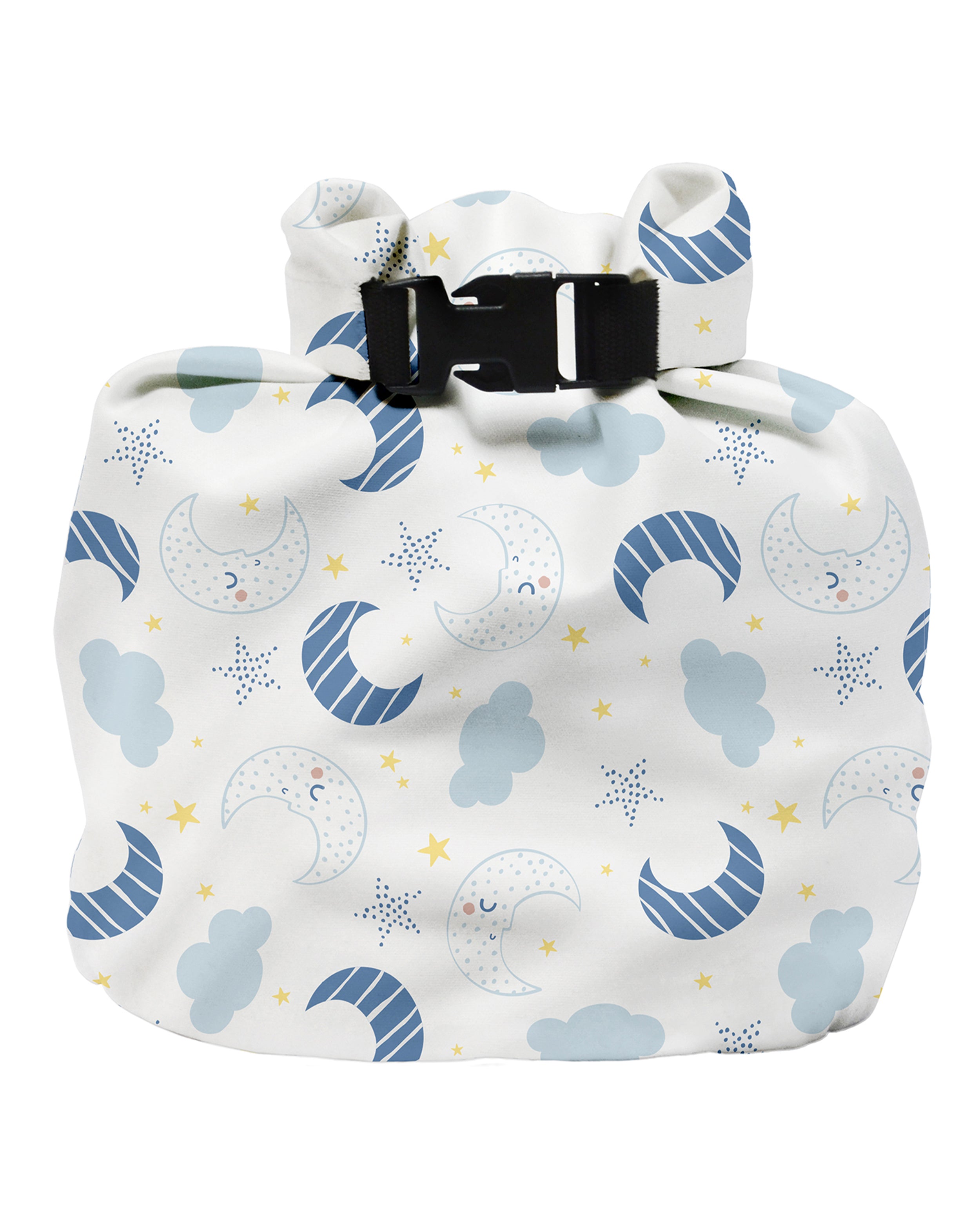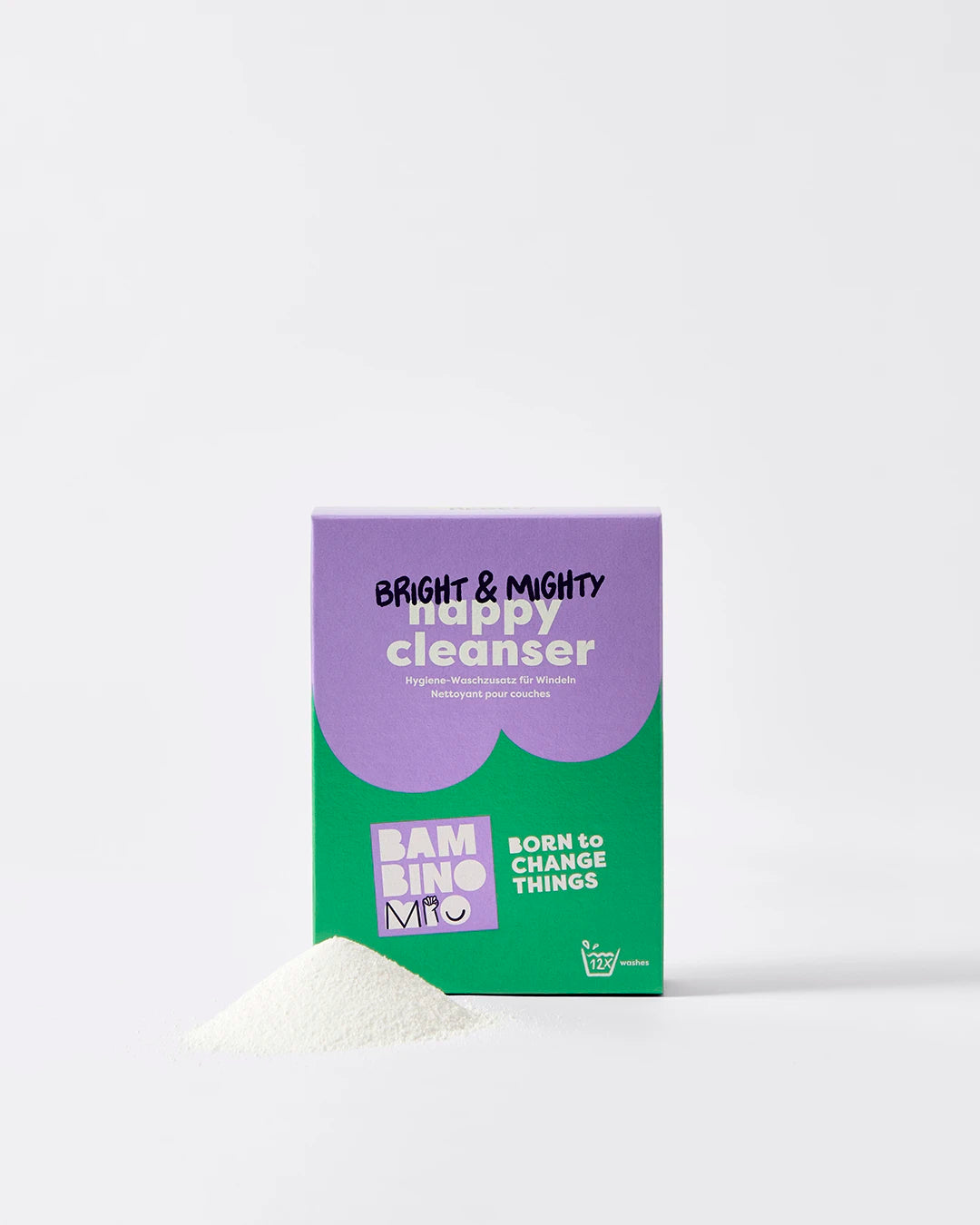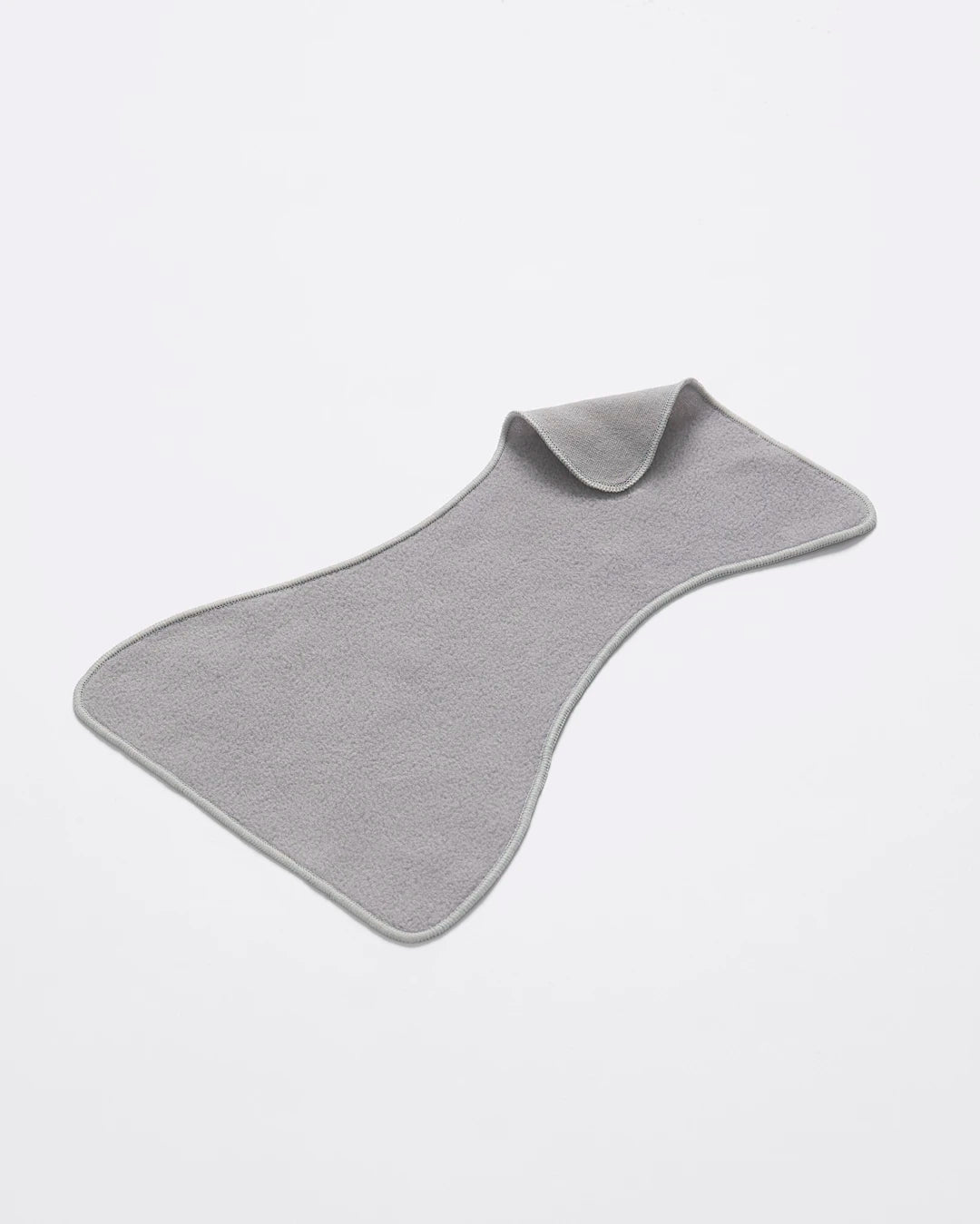Bladder | Glossary of Pregnancy & Baby Term
Share Options
- Bambino Mio
- 31 / 07 / 2023
Inside this Article:
What is the bladder?
Your bladder is the part of your urinary system (1) which holds your urine (wee). Most people’s bladders can hold between 500ml and 700ml.
When you go to the toilet for a wee, the muscles in your bladder contract and the sphincter muscles in your urethra (2) relax and open, letting the urine out.
What does the bladder do?
Your bladder holds your urine until you’re ready to release it. The urine comes from your kidneys, which filter your blood (3) and remove salt, water, waste products and other subtances. As your bladder fills with urine it expands and once it holds around 300ml of wee, your bladder’s nerves tell your brain that it needs to empty.
Once you’ve emptied your bladder, it shrinks back down to around 5cm across due to its elasticity.
Where is my bladder?
Your bladder is in the lower part of your abdomen, where ligaments connect it to other organs and your pelvic bones to hold it in place.
In men, the bladder is between the pubic bone at the front and the rectum at the back.
In women, the bladder is in front of the vagina (4) and uterus (5).
What are the different parts of the bladder?
Four parts make up the structure (anatomy) of the bladder:
Your bladder is composed of four parts:
- The dome, or apex, which is the part at the top front of your bladder and which faces your abdominal wall
- The base, which is at the bottom back of your bladder; this part is also referred to as the fundus of the bladder
- The body, the “main” part of the bladder which is between the dome and the base
- The neck of the bladder, which is along the base and is a group, or band, of muscles which connect to your urethra
Citations and References
- National Institutes of Health (NIH). National Library of Medicine. ‘How Does the Urinary System Work?’ 2009. Web. www.ncbi.nlm.nih.gov/books/NBK279384
- National Institutes of Health (NIH). National Library of Medicine. ‘Anatomy, Abdomen and Pelvis, Sphincter Urethrae.’ 2022. Web. www.ncbi.nlm.nih.gov/books/NBK482438
- Cleveland Clinic. ‘Body Systems and Organs. Kidney.’ 2022. Web. my.clevelandclinic.org/health/body/21824-kidney
- National Institutes of Health (NIH). National Library of Medicine. ‘Physiology, Vaginal.’ 2022. Web. www.ncbi.nlm.nih.gov/books/NBK545147
- National Institutes of Health (NIH). National Library of Medicine. ‘Anatomy, Abdomen and Pelvis, Uterus.’ 2022. Web. www.ncbi.nlm.nih.gov/books/NBK470297



